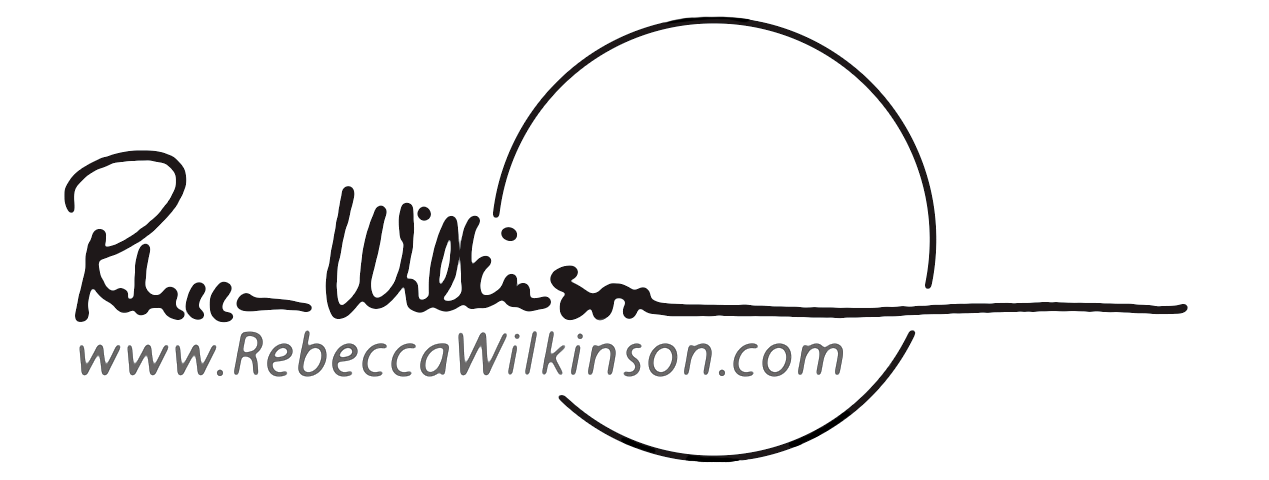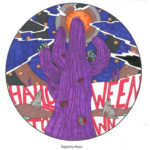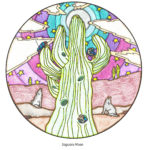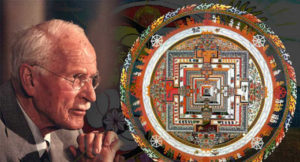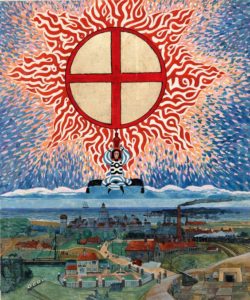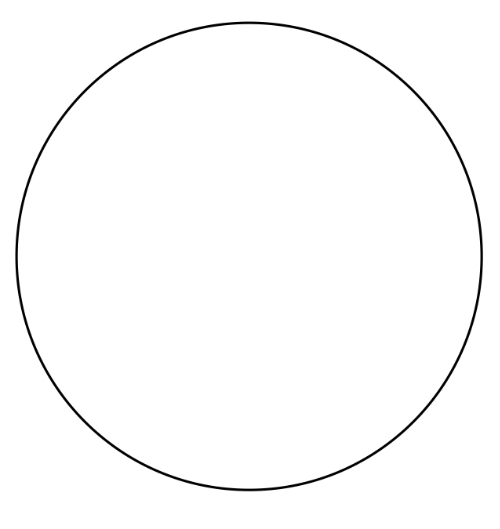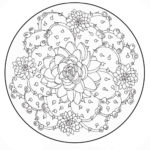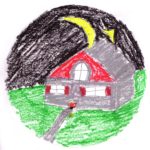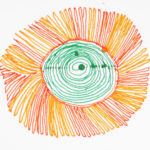What Are Mandalas?
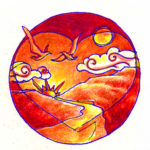 Mandala Means Circle – Mandalas are circular designs that are used in spiritual practices and in therapy as a means to center, ground, and engage in self-reflection. It may seem odd that such a simple form could have such powerful associations, especially when we consider that the Sanskrit word ‘mandala‘, at its simplest, just means circle. And yet mandala images appear throughout the world as symbols of magical and sacred properties. In addition, research has shown that when people draw mandalas it helps them focus, relax, and connect with themselves and others better.
Mandala Means Circle – Mandalas are circular designs that are used in spiritual practices and in therapy as a means to center, ground, and engage in self-reflection. It may seem odd that such a simple form could have such powerful associations, especially when we consider that the Sanskrit word ‘mandala‘, at its simplest, just means circle. And yet mandala images appear throughout the world as symbols of magical and sacred properties. In addition, research has shown that when people draw mandalas it helps them focus, relax, and connect with themselves and others better.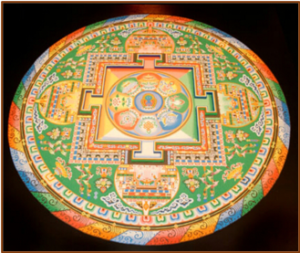
Tibetan Mandala Sand Paintings – The mandalas that most people are familiar with are the sand paintings created by Tibetan monks. The symbolic meanings in the designs they layout, grain-by-grain, serve as tools to facilitate contemplation and meditation. Once they are complete, a process which often takes days, they are swept away to signify the impermanence of life. The mandala image is then called to mind as the focus of meditation and spiritual contemplation.
Traditional and Contemporary Use of Mandalas – The ritual that goes into making Tibetan mandalas has been likened to a highly orchestrated symphony. Mandalas are also used more informally in art therapy to warm people up to the art process, a practice that might be likened more to improvisational jazz. Sometimes people will draw their own circle or use a pre-drawn circle. Other times they will use mandala coloring sheets that have designs in them already. This might be akin to doing a personalized interpretation of someone else’s music.
Art Therapy and Mandalas – When we are using mandalas in art therapy, we often explore with the artists how they responded to the circle—whether they drew inside of it, went outside of the outline, or ignored it altogether. We also look at the images that they included and what is communicated by the visual elements (color, intensity, line quality, texture, proportions, etc.) to see what meaning can be determined from the metaphors they suggest. This is based on the notion that what appears in the artwork, no matter how simple, both intentionally and unintentionally reflects something about the person who made it. Art externalizes our thoughts, feelings, and beliefs, giving us an opportunity to see ourselves in a new light. Click HERE if you’d like to learn more about art therapy.
What Art Tells Us About the Mind – Sigmund Freud was one of the first to use art with his patients to help them discover more about the unconscious workings of their minds. His contemporary, Carl Jung, believed that because certain imagery seemed to appear universally, it contained information not only about the individual person but also about the collective human experience.
Jung and Mandalas – Jung was particularly captivated by mandalas images because they seemed to emerge in all cultures. For example the Tibetan sand paintings, Native American medicine wheels, the Aztec Calendar, the yin yang symbol, as well as the Rose windows in Cathedrals are all symbols of spiritual wholeness. He identified this as part of the universal understanding all humans share, what he called the collective unconscious.
Circles in Anthropology and Developmental Psychology – Anthropological studies confirm that, indeed, we do share universal understandings of visual imagery. For example, across the world in all cultures the sun is associated with masculinity, the moon with femininity, and circles seem to be associated with unity and wholeness. The circle also seems to have developmental significance. It is the first controlled shape that we draw as children and research confirms that coloring in circular shapes is more relaxing than coloring other shapes.
Jung’s Personal Use of Mandalas – Jung was so taken with the power of mandalas that he drew mandalas daily. He believed that they held a key not only to the complexities of his personal thoughts and feelings but also access to the collective unconscious; that pool of universal human experience that we all share. You could say that he saw mandalas as messages both from the self to the self and from the universe to the self.
Mandalas for Meditative Purposes – Using mandalas for meditation may be done by incorporating them in rituals to initiate a spiritual journey or more spontaneously to see what emerges in the artmaking process and the images. In addition, because just coloring mandalas frequently induces focus, flow, and the relaxation response, just making them can be deeply calming and meditative. This can be especially helpful for people who have anxiety or who get discouraged because they can’t quiet their minds or sit still enough to engage in traditional meditation.
How to Make Mandalas – Mandalas can start by drawing a simple circle freehand or tracing a circle with a plate—any size that feels right. You can also use mandala coloring books that already have designs in the circle, like The Desert Mandalas Coloring Book from which Rebecca’s Coloring Kits come.
Exploring with Mandalas – There is no right or wrong way to create a mandala. Experiment with different art materials, colors, marks, and images to explore what works for you. You might start with an intention—something you want to focus on or learn more about—or you can just jump in and let the process take you wherever it goes. Whether you create your own mandala or color one in, it will capture something about you at that moment.
Working with An Art Therapist – You can go deeper into the meanings and metaphors that emerge in your mandala with an Art Therapist. He/she will explore how you used color, line, emphasis, mark-making, etc., and how these elements come together to uniquely express you at that moment. If that appeals to you, learn more about Rebecca’s art therapy practice here.
Use Them for Self-Knowledge or Relaxation – Like Jung, some people engage in a regular practice of making mandalas. Their mandalas become a road map to their internal world and a record of their journey through life. Others just enjoy occasionally coloring them as a relaxing pastime and a way to unwind (learn more about the benefits of coloring here). Whatever approach you take to these “sacred circles”, welcome to the magical world of mandalas!
Resources:
- The Mandala: Sacred Circle in Tibetan Buddhism. Martin Brauen
- Mandala: Luminous Symbols for Healing. Judith Cornell
- Mandalas of the World: A Meditating and Painting Guide. Rudiger Dahlke
- Coloring Mandalas for Insight, Healing, and Self-Expression. Susanne Fincher
- Mandala Symbolism. Carl Jung
- The Red Book. Carl Jung
- Mandala: Path of Beauty. Joan Kellogg
- The Desert Mandalas Coloring Book. Rebecca Wilkinson
- Positive Art Therapy in Theory and Practice: Integrating Positive Psychology with Art Therapy. Rebecca Wilkinson and Gioia Chilton
